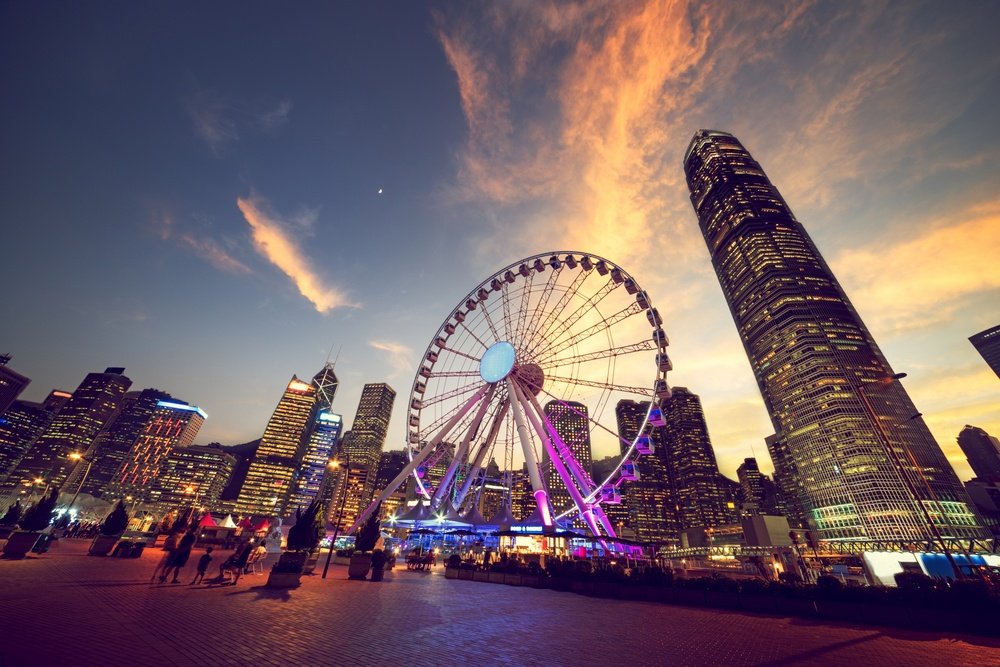The world of digital is all about targeting. Our ability to become as precise and narrow as possible, the better. For example, digital media buys can target by demographics and psychographics, behavioral and contextual factors:
In this group we have women 25-54 who like to shop, consider themselves fashionistas and bought shoes online recently. We’ll give them a pithy segment title and serve them an ad about trendy yoga clothing.
In that group we have men 18-35 who are gruff and buff outdoorsmen with shaggy beards, like hiking and recently looked up flights to a popular outdoor destination.
We’ve segmented everyone appropriately, and as marketers can clap ourselves on the back for a job well done. Right?
Audience segmentation is only half the equation. Demographics and psychographics can tell us a lot about a target and their motivators, but without the contextualization of environmental factors, segmentation is limited in its predictive quality. In other words, environment is a significant motivator in what a person does in their day, and of all the environmental factors, weather is the most influential.
And sure, it makes sense for some industries – if it’s 90 degrees, consumers will visit a water park; if it’s raining, umbrella sales rise; and when it’s 30 degrees and snowing, jacket and boot sales pick up. It goes so far beyond that though. The correlation between weather and mood impacts consumer decisions across their entire day, not just in relation to products that are typically considered “weather-triggered.” To illustrate this concept WeatherTrends360, a predictive modeling outfit, created a model call “The Profit of One Degree” and mapped the rise and fall of sales based on a one-degree Fahrenheit temperature shift. The results?
- A one-degree Fahrenheit rise in temperature triggers +8% in strawberry sales, +2% in soft drinks, +4% in infant apparel
- A one-degree Fahrenheit fall in temperature triggers +5,000 units in lip care, +1% in milk sales and +3% in bird seed.
Similarly, a study by the Journal of Retailing and Consumer Services in 2010 found that sunlight has a positive impact on how much a consumer is willing to spend, from an extra $1 on Green Tea to $10 on a gym membership or $100 on an airline ticket.
So, what are some strategies you can use to get the most out of weather-triggered advertising? Let’s use the attractions industry as an example.
- Tailor messages and creative to the weather of the moment, with the value proposition that you’re offering. Whether it’s escaping heat, snow, boredom or the kids, tap into that motivation and remind the consumer how your theme park or museum can solve their “problem.”
- Purchase intent isn’t just shaped by current weather; it’s also influenced by recent experiences. For example, after 3 days straight of rain and being cooped up inside is a perfect time to serve parents an ad for kid friendly indoor attractions (like a trampoline park, funhouse or indoor water park).
- Don’t be afraid to plan ahead – future weather forecasts also guide decision making and can help consumers justify a purchase that they may not have made otherwise (i.e. buying weekend tickets for an indoor or outdoor attraction in anticipation of really good or really bad weather).
Tactical execution is just as important as strategy. The best executed strategy won’t make a difference if the creative doesn’t resonate. Here are some tips to get the most out of each ad:
- Include an incentive, a call to action and a deadline. “10% off for today only” is a great way to move consumers to a decision.
- Include a weather forecast in your creative. This will help legitimize the ad and remind consumers why they should be considering your offer, as well as provide a value-add for them. After all, now they don’t need to go look the weather forecast up on their own.
- Have multiple ads in the queue for every weather-triggered scenario. Switch out headlines, images, and calls to action so they’re personalized for each of the triggering moments (for example, the ad you would serve after 3 rainy days, and the ad for a 100-degree day wouldn’t be the same).
Don’t forget to monitor the performance of your ads and make changes as necessary. Digital advertising accumulates data quickly – how many saw the ad, how many clicked, and how many converted. This allows advertisers to understand what’s working and what’s not, and to make changes to the campaign before it ends. Images, copy and tactics can be easily changed, ensuring that a well monitored campaign drives optimal results.
Interested in learning more about how to get the most out of your digital ad buy? Contact us!








